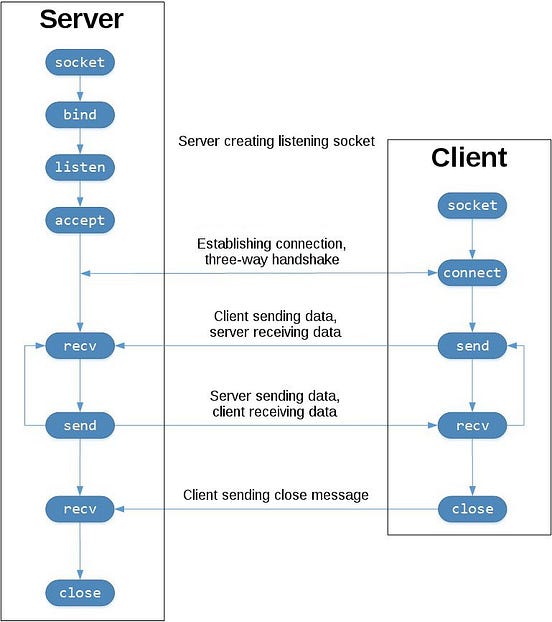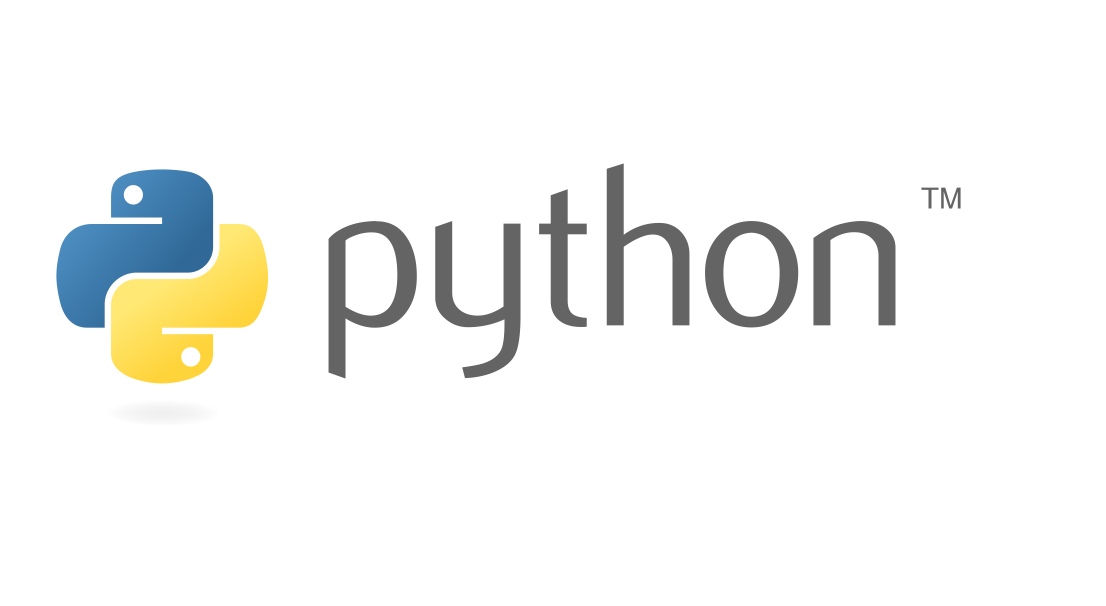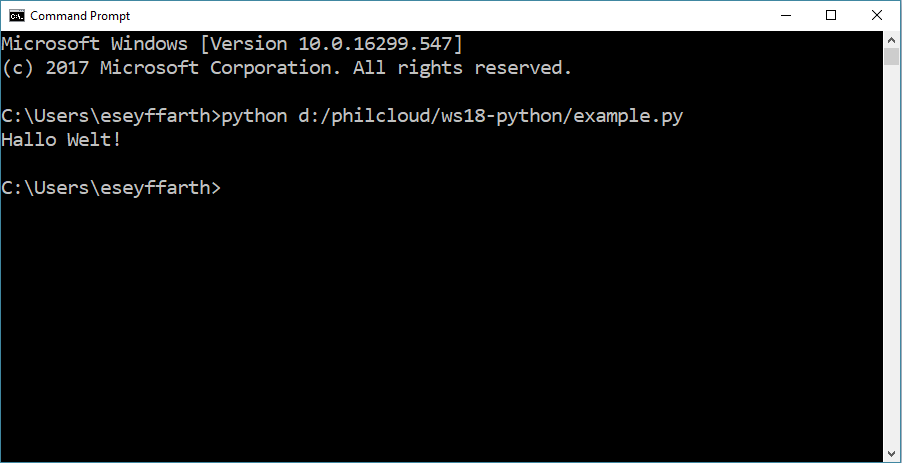
- #Python packet sender drivers
- #Python packet sender code
- #Python packet sender Bluetooth
- #Python packet sender mac
- #Python packet sender windows
#Python packet sender code
Below is my code for my server and client sockets. I’ve looked over my code multiple times and cannot figure out why I am constantly getting this output. I’m assuming I’m getting this output because my server is never receiving the message.

However, whenever I run my client socket, my output is 100% REQUEST TIMED OUT. I programmed my client to timeout after one second since the packet could be lost. I have written the server so that 30% of the packets are lost. Not my area.I’m new to python and sockets and am trying to write an echoing client/server socket.
#Python packet sender mac
AFAIK, most adapters will not let you change nor otherwise spoof their MAC address, since it is the only addressing method used by all communications – devices recognize each other by their MAC addresses, and store link keys based on the MAC address.
#Python packet sender Bluetooth
(This is actually the opposite of what we started with – multiple devices behind one MAC, instead of one device with multiple MACs – so let's stop here.) Bluetooth This works without any configuration and might be more efficient it does however create problems if something like a DHCP server relies on clients' MAC addresses being different. Some systems – such as VirtualBox, or Ubiquiti airMAX radios (when configured as a station without WDS), or OpenWRT in the same configuration – support MAC address translation: masquerading multiple clients between the station's own MAC address, much like IPv4 NAT but at a lower level. Note that WDS/4addr mode must be enabled on both ends. So when you need to bridge two Ethernet networks over Wi-Fi, you need the "WDS" aka "4addr" mode, which causes all four addresses – two sources and two destinations – to be sent along with every Wi-Fi frame. It's the reverse from AP to station – there are two 'from' addresses, "original sender" and "transmitting AP", but only one 'to' address. Notice how there's only one 'from' address, under the assumption that regular Wi-Fi stations will never send packets on behalf of some other device. a laptop) sends a packet towards computer B over WiFi, it will have such headers: It's a little more complicated than Ethernet, since there are separate concepts of original source (host which generated the packet) and transmitter (Wi-Fi radio which transmitted the packet) similarly, receiver (Wi-Fi radio which received the packet) and final destination (host which will read/consume the packet).įor example, if computer A (e.g. (Okay, this is a bit off-topic now, but included for completeness.) if you need to connect an entire building over a directional radio link). That said, there are ways to implement layer-2 bridging with Wi-Fi (e.g. On Linux the same ip link … commands should work.

Atheros usually supports this, while some Realtek cards might not).
#Python packet sender drivers
Unlike Ethernet, though, the ability to do so depends on the specific wireless hardware and drivers (e.g. However, you can still set a different MAC address on the wireless interface, and use that new address for everything, starting with association/authentication to the AP. APs can do whatever they want – it's part of their job, after all, to send packets on behalf of wired devices.) (This is from the perspective of a station. Wi-Fi is a bit more restrictive – you cannot send individual packets with spoofed source, as APs keep track of all stations that are associated to it, and will (AFAIK) discard packets coming from any MAC address that's not in the "associated stations" list. Linux even has a "macvlan" feature to create virtual interfaces with different MACs on the same physical Ethernet card: # ip link add fred0 link eth0 type macvlan mode private


# ip link set eth0 addr ab:cd:ef:ab:cd:ef On Linux, ip link would change the MAC address until next reboot: # ip link set eth0 down For the latter, use existing tools like libpcap, Scapy, or Nemesis. You can either change the MAC address of the network interface (telling the OS to use the new address for everything it transmits), or use "raw sockets" from an individual program to craft and send whatever you like, bypassing the TCP/IP stack.
#Python packet sender windows
Linux, FreeBSD, Windows even have an option to create 'bridges' linking multiple physical Ethernet interfaces together, working exactly like a real Ethernet switch would (even with VLANs and RSTP). In fact, virtual machine systems (like VMware or Hyper-V) already use this to connect VMs to your real LAN – you might have multiple VMs attached to a single Ethernet card, and each VM will have its own MAC address independent from the host. Over Ethernet – yes, the entire frame including its Ethernet header is sent by your operating system, and the OS decides what source MAC address to use.


 0 kommentar(er)
0 kommentar(er)
